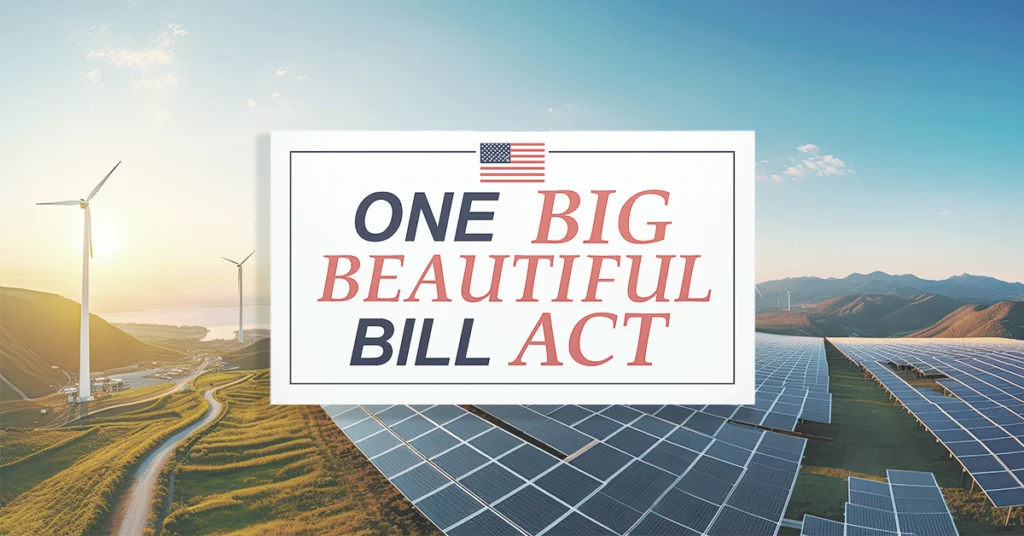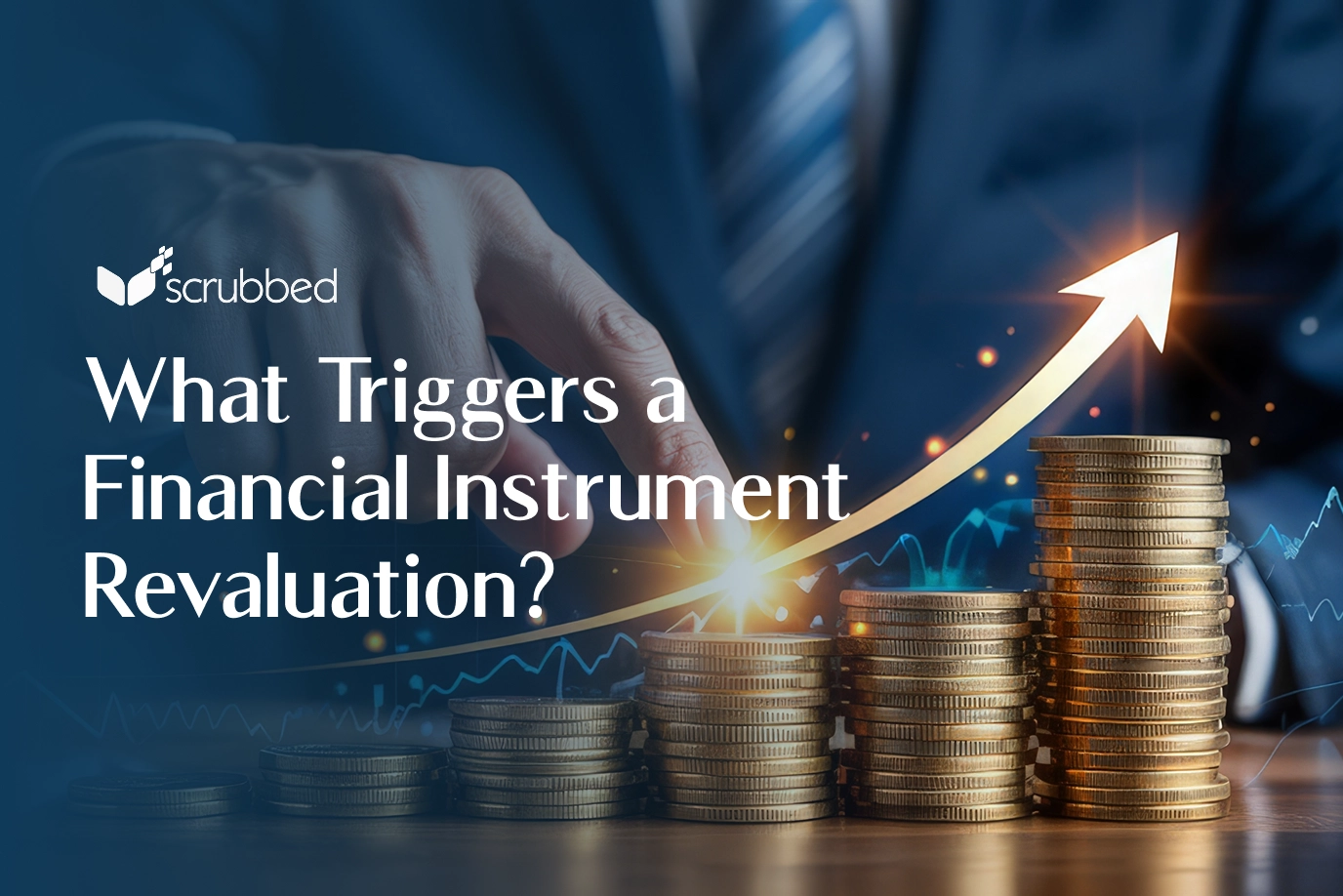Enacted in 2025, the “One Big Beautiful Bill Act” (OBBBA), brings sweeping changes to federal clean energy tax policy. The law significantly curtails or terminates many of the clean energy tax credits established or expanded by the Inflation Reduction Act (IRA) and introduces new compliance requirements, particularly targeting foreign involvement in U.S. clean energy projects. Below is a summary of the most significant changes, followed by a table organizing the major provisions.
Key Terminations and Restrictions
1. Termination of Clean Energy Credits
- Clean Electricity Production Credit (Section 45Y): The credit for wind and solar facilities is terminated for facilities placed in service after December 31, 2027. Other clean energy technologies may continue to qualify, but wind and solar are specifically excluded from new projects after this date.
- Clean Electricity Investment Credit (Section 48E): Similarly, the investment credit for wind and solar facilities is terminated for property placed in service after December 31, 2027. Energy storage technology remains eligible.
- Clean Vehicle Credits (Sections 25E, 30D, 45W): Credits for new and previously owned clean vehicles, as well as commercial clean vehicles, are terminated for vehicles acquired after September 30, 2025.
- Alternative Fuel Vehicle Refueling Property Credit (Section 30C): The credit is terminated for property placed in service after June 30, 2026.
- Residential Clean Energy Credit (Section 25D): The credit is terminated for expenditures made after December 31, 2025.
- Energy Efficient Home Improvement Credit (Section 25C): The credit is terminated for property placed in service after December 31, 2025.
- Energy Efficient Commercial Buildings Deduction (Section 179D): The deduction is not available for property construction beginning after June 30, 2026.
- New Energy Efficient Home Credit (Section 45L): The credit is terminated for homes acquired after June 30, 2026.
- Cost Recovery for Energy Property: Accelerated depreciation for energy property is terminated for property construction beginning after December 31, 2024.
2. New Restrictions on Foreign Entities
- Prohibited Foreign Entities: The Act introduces strict rules denying credits to projects with material assistance from “prohibited foreign entities,” which include certain foreign governments, entities controlled by them, or entities with significant foreign ownership or influence.
- Material Assistance Thresholds: For clean energy facilities and components, the law sets minimum percentages of U.S.-sourced materials and labor. If a project falls below these thresholds due to foreign involvement, it is ineligible for credits.
- Recapture and Penalties: If a project later receives material assistance from a prohibited foreign entity, credits can be recaptured, and substantial penalties may apply, including excise taxes and accuracy-related penalties for misstatements.
- Certification Requirements: Suppliers must provide detailed certifications regarding the origin of components and materials, with penalties for substantial misstatements.
3. Additional Compliance and Reporting
- Expanded Reporting: Qualified opportunity funds, rural opportunity funds, and other clean energy projects face new, detailed annual reporting requirements, including disclosure of ownership, supply chain, and employment data.
- Domestic Content Rules: The law tightens and phases in higher domestic content requirements for bonus credits, with stricter thresholds for wind, solar, and battery components.
- Publicly Traded Companies: Special rules apply to publicly traded companies to determine foreign control or influence, with ownership and board composition scrutinized.
4. Other Notable Changes
- Phase-Outs and Modifications: The advanced manufacturing production credit (Section 45X) is phased out for certain components, and eligibility is restricted for those with foreign material assistance.
- Clean Fuel Production Credit (Section 45Z): Extended through 2029, but only for fuels derived from feedstocks produced in the U.S., Mexico, or Canada, and with new restrictions on negative emission rates and foreign involvement.
- Carbon Oxide Sequestration Credit (Section 45Q): Credits are denied to projects owned or influenced by prohibited foreign entities.
| Provision/Section | Previous Law | OBBBA Change | Implications |
|---|---|---|---|
| Clean Electricity Production Credit (45Y) | Tech-neutral credit for all zero-emission electricity, including wind and solar, with no near-term sunset | Wind and solar facilities ineligible if placed in service after 12/31/2027; new foreign entity restrictions | Major reduction in future wind/solar project incentives; increased compliance burden |
| Clean Electricity Investment Credit (48E) | Tech-neutral investment credit for clean energy and storage, including wind and solar | Wind and solar facilities ineligible if placed in service after 12/31/2027; storage remains eligible; new foreign entity restrictions | Investment in wind/solar curtailed; storage projects still incentivized; foreign supply chain scrutiny |
| Clean Vehicle Credit (25E, 30D, 45W) | Credits for new, used, and commercial clean vehicles through 2032 | Credits terminated for vehicles acquired after 9/30/2025 | Reduces incentives for EV adoption; immediate impact on auto industry planning |
| Alternative Fuel Vehicle Refueling Property (30C) | Credit through 2032 | Terminated for property placed in service after 6/30/2026 | Fewer incentives for charging/refueling infrastructure |
| Residential Clean Energy Credit (25D) | Credit for solar, wind, geothermal, etc. through 2034 | Terminated for improvements placed in service after 12/31/2025 | Homeowners lose incentives for renewable installations |
| Energy Efficient Home Improvement (25C) | Credit through 2032 | Not available for construction beginning after 6/30/2026 | Reduces support for energy efficiency upgrades |
| Energy Efficient Commercial Buildings (179D) | Deduction for energy-efficient construction through 2032 | Not available for construction beginning after 6/30/2026 | Less incentive for commercial energy efficiency |
| New Energy Efficient Home Credit (45L) | Credit through 2032 | Terminated for homes acquired after 6/30/2026 | Homebuilders lose incentive for efficient homes |
| Cost Recovery for Energy Property | Accelerated depreciation for energy property | Terminated for property construction beginning after 12/31/2024 | Slows investment in energy property |
| Foreign Entity Restrictions | No broad restrictions | Credits denied for projects with material assistance from prohibited foreign entities; strict thresholds and definitions | U.S. supply chain favored, foreign investment and sourcing limited; significant compliance requirements |
| Material Assistance Thresholds | N/A | Minimum U.S. content percentages for eligibility; phased increases | Projects must plan for higher domestic sourcing over time |
| Recapture and Penalties | N/A | Recapture of credits and penalties for later foreign involvement misstatements | Heightened risk for non-compliance; due diligence critical |
| Certification and Reporting | Limited | Detailed supplier certifications and annual project reporting required | Increased administrative burden; risk of penalties for errors |
| Clean Fuel Production Credit (45Z) | Credit through 2027; no feedstock origin restriction | Extended to 2029; only for U.S., Mexico, or Canada feedstocks; new foreign entity restrictions | Biofuel and clean fuel projects must source regionally; foreign supply chains excluded |
| Carbon Oxide Sequestration Credit (45Q) | Available regardless of ownership | Denied to projects owned or influenced by prohibited foreign entities | Foreign investment in carbon capture projects restricted |
| Advanced Manufacturing Production Credit (45X) | Credit for eligible components through 2032 | Phased out for critical minerals after 2030; wind energy component credits end after 2027; foreign entity/material restrictions | Domestic manufacturing favored; foreign supply chain use penalized |
Implications
The OBBBA marks a decisive shift in U.S. clean energy tax policy, moving away from broad-based, technology-neutral incentives and toward a more restrictive, domestically focused framework. The law not only ends or phases out many of the most significant clean energy tax credits but also imposes rigorous new requirements to ensure that U.S. taxpayer dollars do not subsidize projects with substantial foreign involvement, particularly from countries deemed adversarial or of concern.
Project developers, manufacturers, and investors must now navigate a complex web of domestic content rules, supply chain certifications, and reporting obligations to remain eligible for any remaining incentives. The result is a landscape that strongly favors U.S.-based production and supply chains, while reducing the overall scope and duration of federal clean energy tax support.
Feel free to reach out to our team to help you navigate these new changes and determine how they can support your clean energy objectives. To learn more about OBBBA, you can view the full bill here.








